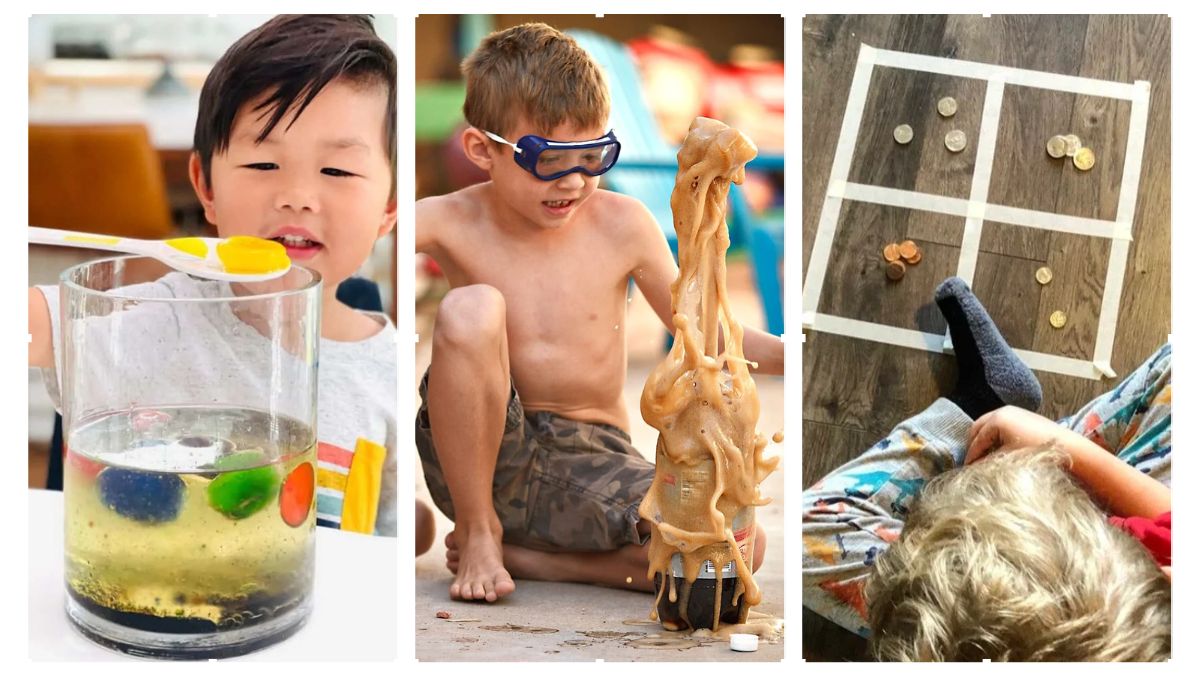Educational activities using items in your home ordinary afternoons into exciting learning adventures. Right now, your children might be staring at screens or complaining about being bored. You stress about finding meaningful activities that don’t cost a fortune.
But what if those same household items collecting dust could become science experiments, math games, and creative projects? With simple techniques, that empty cereal box becomes a robot, those old buttons turn into counting games, and your kitchen into a chemistry lab where learning happens naturally.
38 Shockingly Simple Educational Activities Using Items In Your Home

1. Halloween Lava Lamp Science Experiment

A fun and super-easy Halloween Lava Lamp Experiment using everyday items: oil, water, food coloring, and fizzy tablets. A young girl watches in amazement as colorful bubbles swirl in tall glasses, purple, orange, and green mixtures glow under the sunlight.
It’s a blend of learning and play, demonstrating to kids how different liquids react and teaching fundamental science concepts, density, and chemical reactions.
2. Baking Soda Volcano Experiment
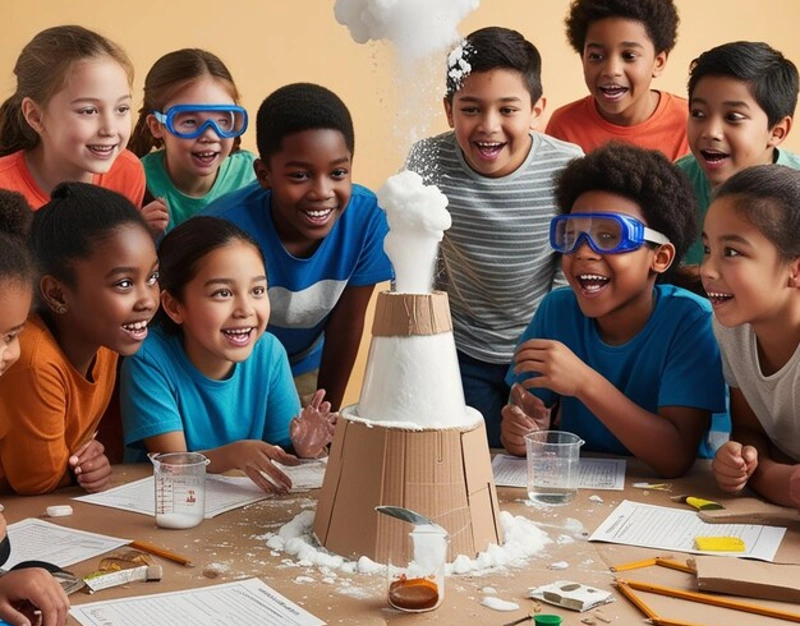
Here’s an example of how educational activities using items you already have can spark excitement. A group of kids is gathered around a homemade volcano made from cardboard and simple kitchen ingredients. As it erupts with foamy bubbles, their faces light up with curiosity and joy.
With baking soda, vinegar, and a bit of creativity, they’ve turned a regular school day into a science adventure. This hands-on experiment teaches chemical reactions in the most memorable way, no fancy lab needed.
3. Slime Making

Two sisters in matching outfits are busy mixing up a fun science project right in their kitchen. Using items like glue, baking soda, and food coloring, they’re making homemade slime, a favorite in the world of educational activities, using items you already have.
No need for fancy kits or complicated tools. Just a few things from the pantry and fridge door, and suddenly, they’re little chemists learning about mixtures and reactions.
4. Sensory Bottle Activity
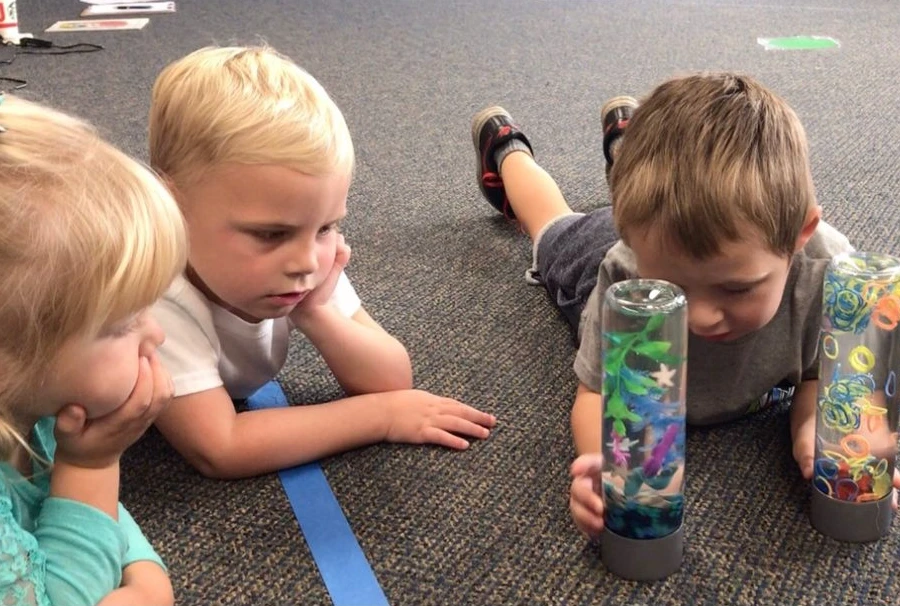
In this quiet moment, three young kids are completely absorbed in exploring sensory bottles filled with colorful water, glitter, beads, and small shapes. These simple bottles are for hands-on learning and emotional regulation.
Just grab a clear bottle, some water, oil, and tiny objects from around the house. It’s low-cost, low-mess, and highly engaging, especially for preschoolers.
5. Toddler Sensory Rice Pouring Activity

A young toddler stands focused, carefully scooping colorful rice into a funnel. This simple, just rice, funnels, scoops, and jars, is a great example of educational activities using items you already have. It also encourages sensory in a calm, engaging way.
You already have everything you need at home: dry rice, food coloring, and a few kitchen tools. Quiet play, big benefits, and it all starts with what’s already in your pantry.
6. DIY Cup Drums Kids Music Activity

Two homemade drums made from plastic cups, balloons, and rubber bands, proof that educational activities using items you already have can be both fun and creative. Kids can tap the tops with pencils to the rhythm and sound.
It’s a great way to introduce basic music concepts without buying instruments. Making the drums is part of the learning, cutting, stretching, and securing the materials builds fine motor skills, too.
7. Paper Bag Puppet Craft

A smiling child proudly shows off a handmade puppet made from a brown paper bag, construction paper, and markers. It’s a simple yet powerful example of educational activities using items you already have.
A creative way to mix art and literacy, for rainy days or screen-free afternoons. No fancy kits needed, just paper, glue, and a little creative spark.
8. Tissue Paper Flower

With nothing more than colored tissue, scissors, and a little folding and fluffing, this fun project becomes an example of educational activities using items you already have. It teaches fine motor skills, color recognition, and patience through hands-on creativity.
No fancy art supplies needed, just what’s already in the drawer. It’s a calming, screen-free activity that doubles as beautiful handmade decor or gifts made by tiny hands with big hearts.
9. Alphabet Flashcard Learning Activity

A group of young children is lying on the floor, happily engaged in a colorful flashcard activity. Each card displays a letter in uppercase and lowercase, making it a fun and visual way to recognize the alphabet. This type of hands-on activity helps kids improve letter recognition, phonics, and early reading skills.
It encourages interaction and teamwork, as well as being playful. Learning through games and group work like this is a great way to make education exciting and effective from a young age.
10. Pinecone Animal Craft

The little one in the middle is beaming with her mouse ears and whiskers painted on; she’s clearly the star of this creative adventure. They’ve cleverly turned ordinary pinecones into the cutest little creatures by adding googly eyes, felt ears, and tiny noses.
Watercolor paints, cotton balls, and fabric scraps are spread everywhere, showing just how much fun they’re having. It’s wonderful seeing kids discover that the best toys are often the ones they make themselves from nature’s treasures.
11. Pom-Pom Sorting
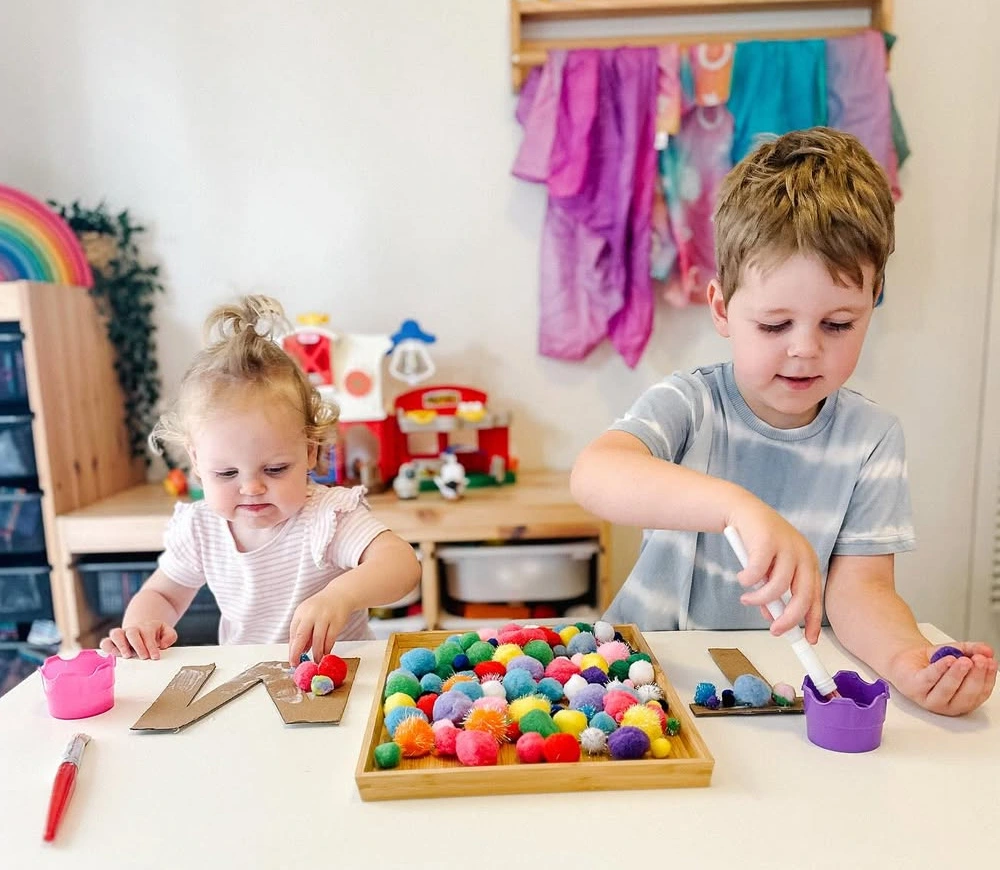
This big brother is concentrating hard as he uses tweezers to carefully pick up those fluffy pom-poms from the wooden tray. How focused he is, working those little hand muscles, sorting the colorful balls into different containers.
The beauty of this activity lies in its simplicity; just craft pom-poms, tweezers, and small cups turn them into an engaging lesson in colors, counting, and dexterity.
12. DIY Nature Spider Web Craft
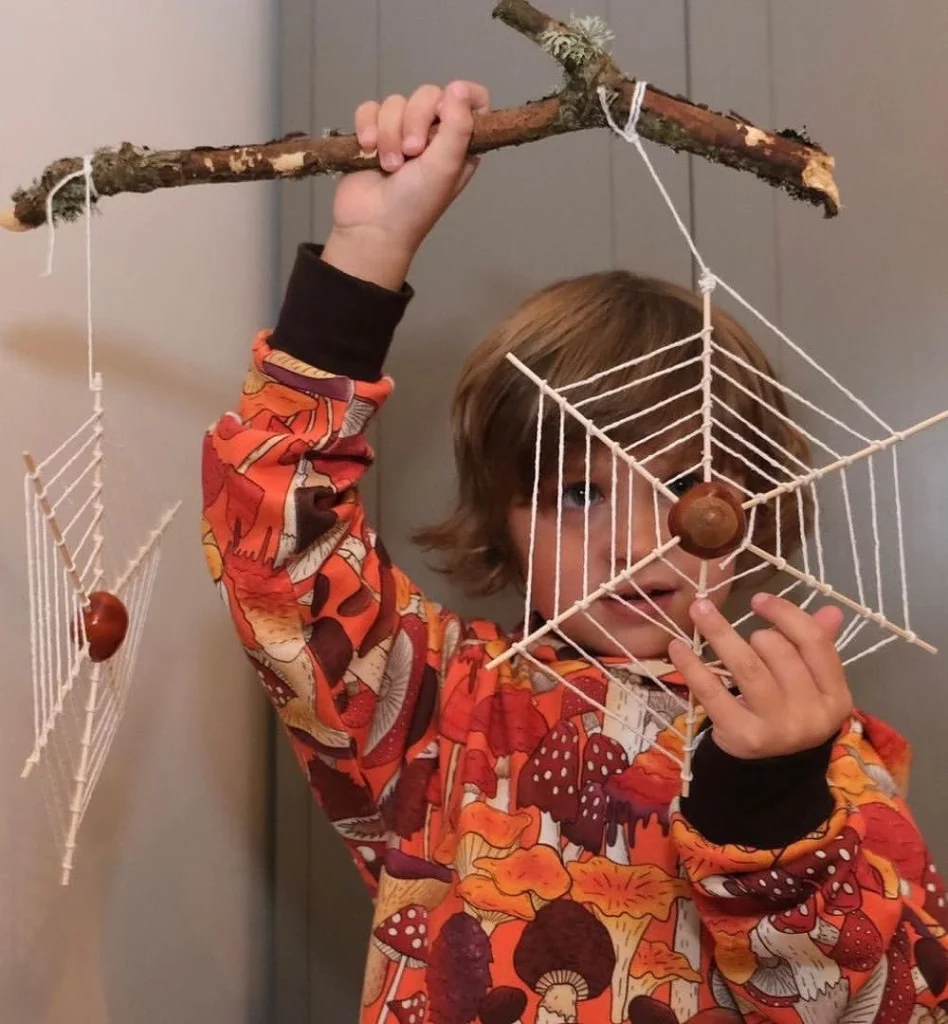
A young crafter is bringing back that timeless tradition, weaving white string around a simple tree branch to create the most intricate spider web. Almost see the concentration on their face as they carefully wrap each strand.
Creating that, we all remember from childhood. The genius here is in the simplicity, just a fallen stick from the yard and some household string or yarn.
13. Coin Sorting Math Activity

Someone has used simple white tape to create a grid on the wooden floor, and this little mathematician is busy sorting coins into different squares. Pennies, nickels, and other coins were scattered around, with more waiting in that small bowl.
The grid system teaches organization, counting, and even basic addition or subtraction. Plus, using real coins makes it feel grown-up and important, way better than boring worksheets.
14. Wall Tube Ball Run Activity

Little one has discovered the, of physics thanks to empty toilet paper rolls and some blue painter’s tape. Mom or dad has created a ball run system right on the kitchen wall, turning trash into treasure.
Watch how intently she’s focused on dropping those colorful balls down through the cardboard tubes. It’s teaching cause and effect, gravity, and problem-solving all at once.
15. Sponge Printing Art
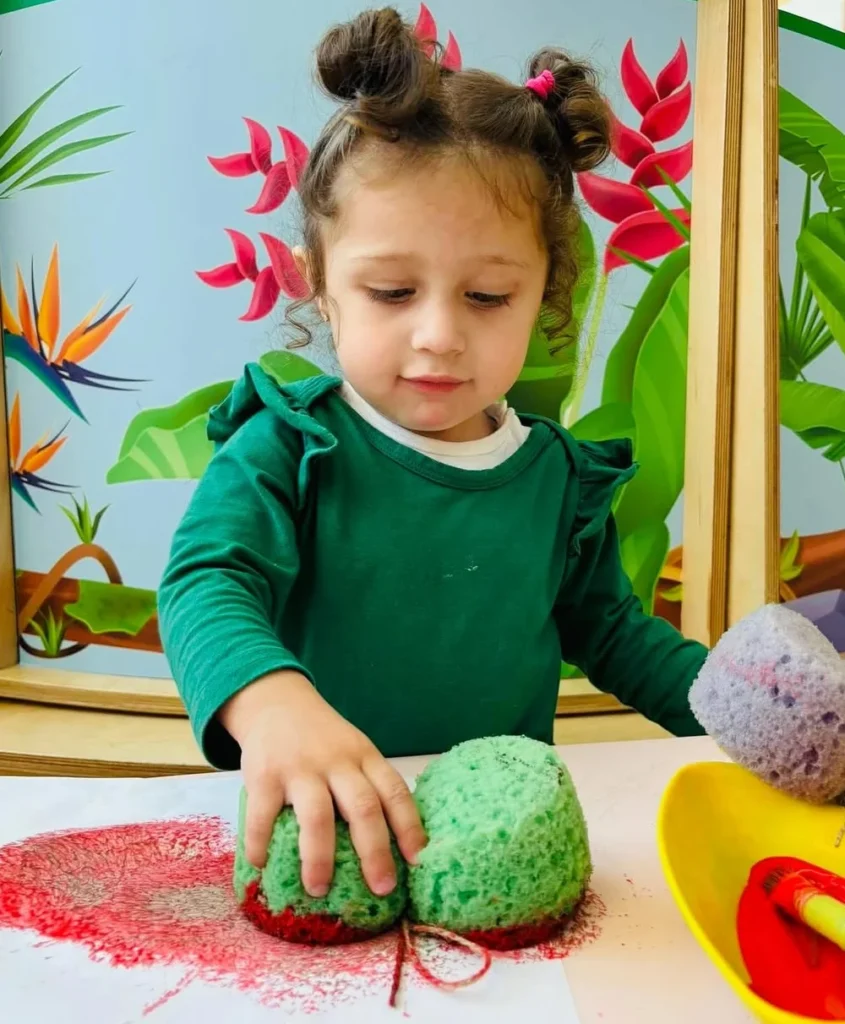
Armed with ordinary household sponges in bright green, purple, and other vibrant colors, she’s creating her masterpiece one gentle press at a time. Her face shows she’s completely absorbed in this tactile experience.
This activity is so brilliant in its simplicity: just grab some kitchen sponges, add a bit of washable paint or colored water, and let creativity flow.
16. Reindeer
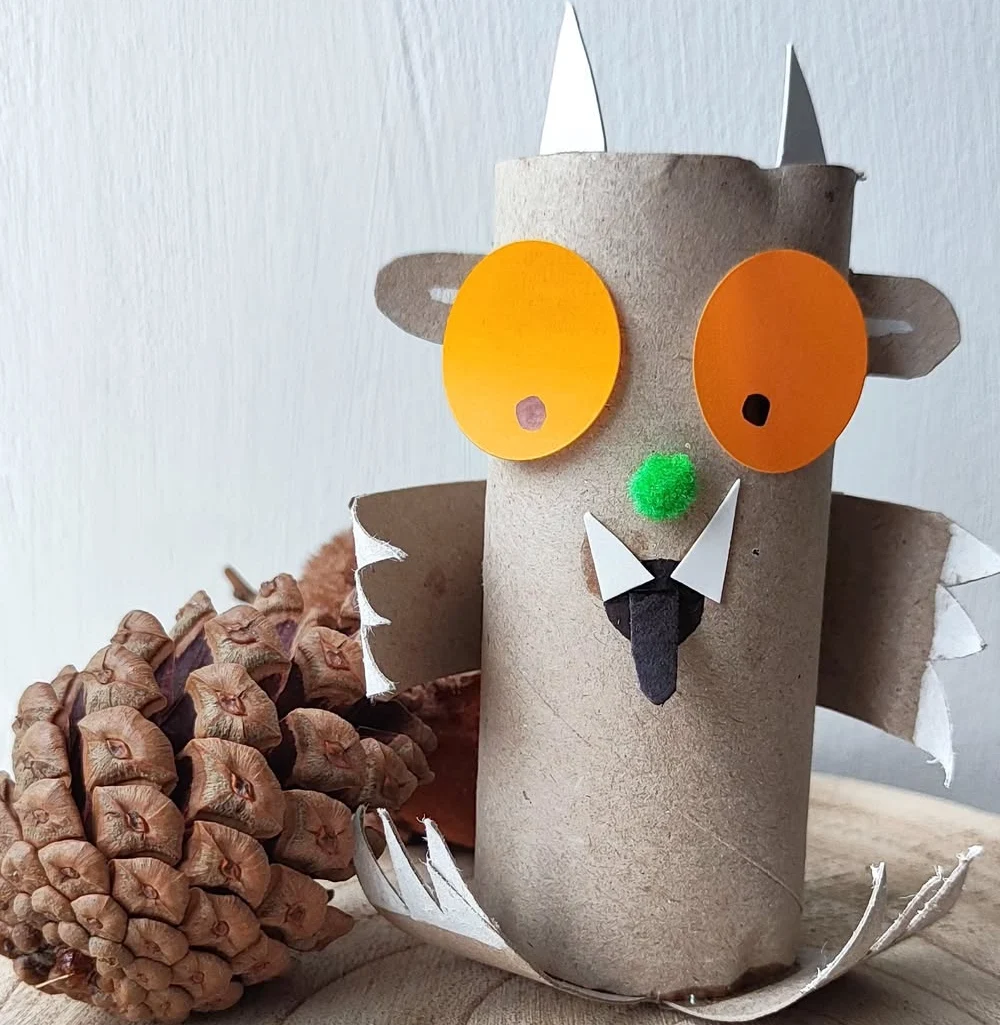
The mismatched orange and yellow eyes give him such a wonky, endearing personality, like he just rolled out of bed for an important meeting. That tiny green pom-pom nose and the formal white collar with black tie make him look ready for the office, those white paper antlers remind you he’s still got his wild side.
No need for matched colors or expensive supplies. Just grab that cardboard tube heading for recycling, dig through your paper scraps, and create something unique.
18. Shapes Learning Puzzle
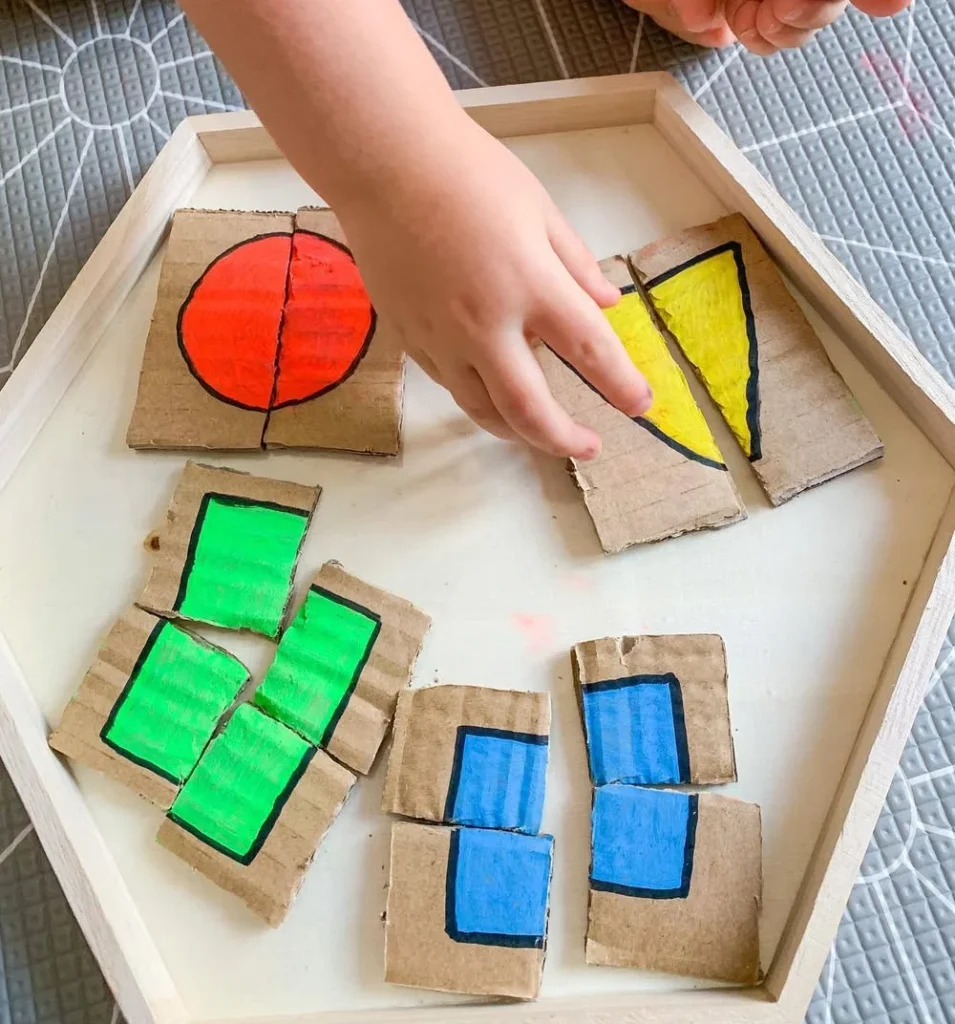
Cardboard scraps into a brilliant educational tool by cutting out circles, triangles, squares, and rectangles, then coloring them with vibrant markers.
Watch how those little fingers are actively manipulating the yellow triangle pieces, figuring out how they fit or comparing their sizes. The genius lies in making abstract mathematical concepts tangible.
19. Toothpaste Science Experiment
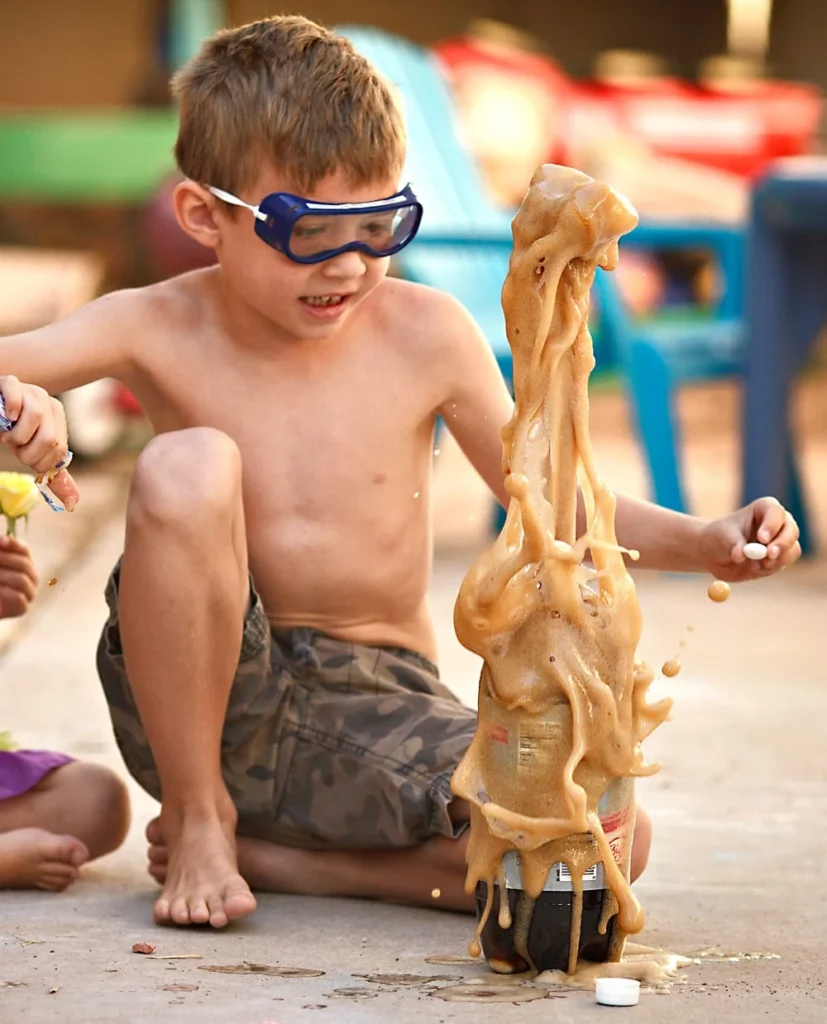
A researcher has created an explosive chemical reaction using basic household ingredients, hydrogen peroxide, liquid dish soap, food coloring, and maybe some yeast or potassium iodide.
The dramatic orange foam shooting skyward shows the power of simple chemistry in action. Kids learn about chemical reactions, gas production, and catalysts, feeling, mad scientists.
20. Tornado Vortex Bottle
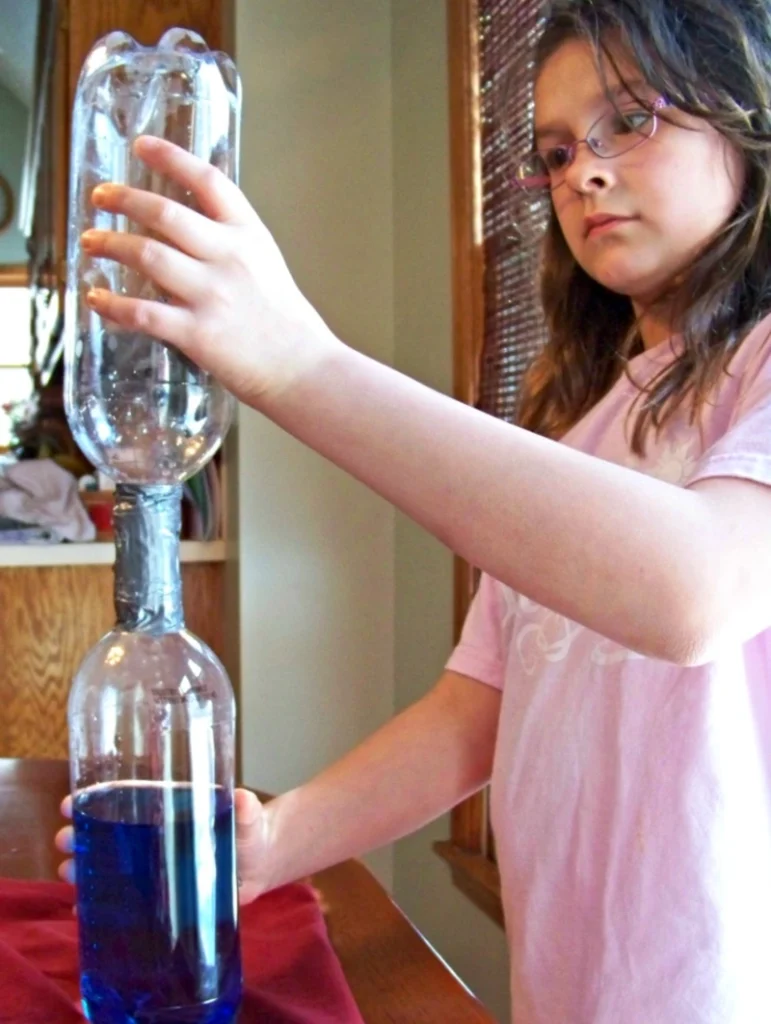
A budding scientist has created the classic tornado in a bottle using nothing more than two plastic bottles, some water, and blue food coloring. You can see how focused she is as she watches the mesmerizing swirling vortex form between the bottles.
Ingenious in its simplicity, flip one bottle upside down, secure it, and gravity does the rest. As water flows from top to bottom, it creates that hypnotic spinning motion that mimics a real tornado.
21. Popsicle Stick Catapult

Built an impressive mini catapult using nothing but craft sticks, rubber bands, and a plastic spoon. Those trusty rubber bands are doing all the heavy lifting here, creating the tension needed to launch those little white projectiles across the room
. This project sneakily teaches so many concepts, leverage, potential energy, trajectory, and basic construction principles. Kids get to be architects and demolition experts all at once.
The process alone builds problem-solving skills as they figure out the right tension and angles.
22. Bridge Building
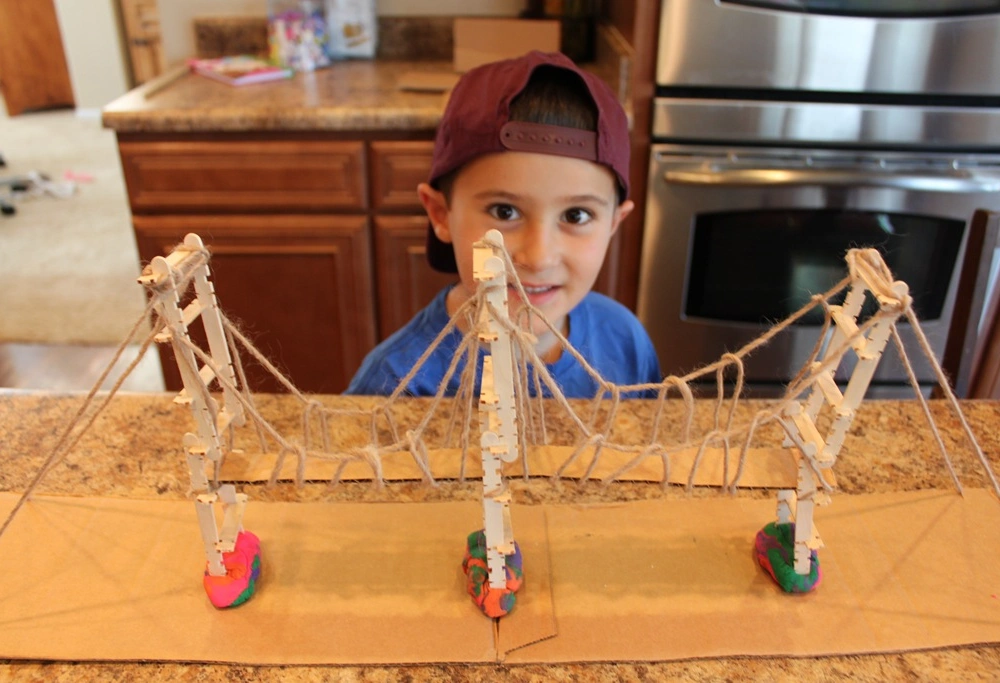
An engineer has constructed an impressive suspension bridge right on the kitchen counter using craft sticks, string, and a cardboard base. The detailed cable work shows a real understanding of how suspension bridges actually function.
Those strings aren’t just decoration; they’re bearing the structural load, as in the Golden Gate Bridge. This project brilliantly combines art, engineering, and physics using materials most families already have tucked away in drawers.
23. Teen Culinary Arts Dessert
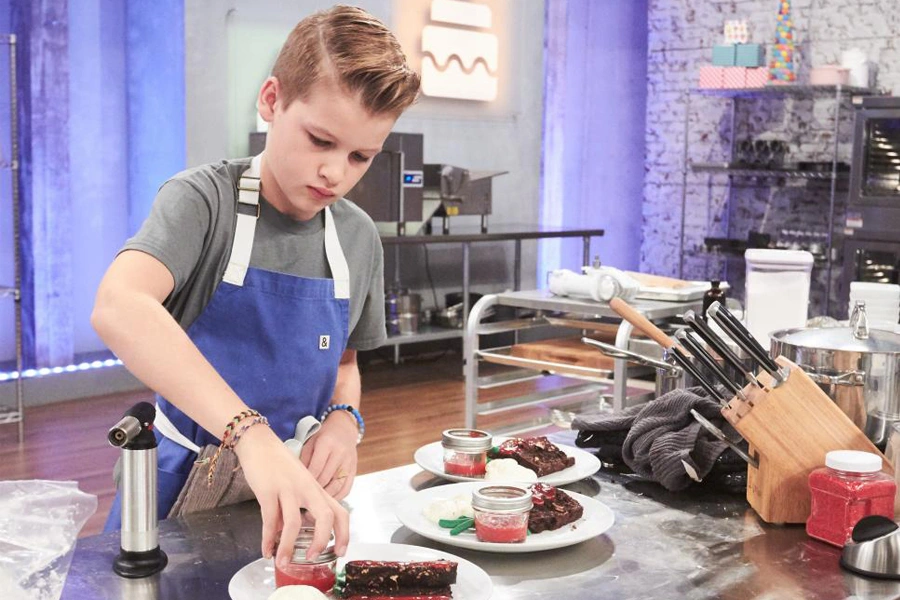
The teenager has turned the kitchen into a professional culinary training ground. Working with focused precision, they’re using a kitchen torch to add those finishing touches to what appears to be chocolate brownies or petit fours.
Those colorful sauce jars lined up suggest they’re learning proper plating techniques and flavor combinations. Brilliant about this is how it is basic baking in advanced culinary arts education.
24. Fraction War

These brightly colored, laminated multiplication grid cards are for hands-on math games. Kids can use dry-erase markers to fill in missing numbers, play memory or matching games, or even race each other to complete multiplication tables.
Each color might represent a different number focus, keeping things organized and visually engaging. With just some paper, a laminator, and markers, you can turn math practice into a lively group activity.
25. Color Mixing
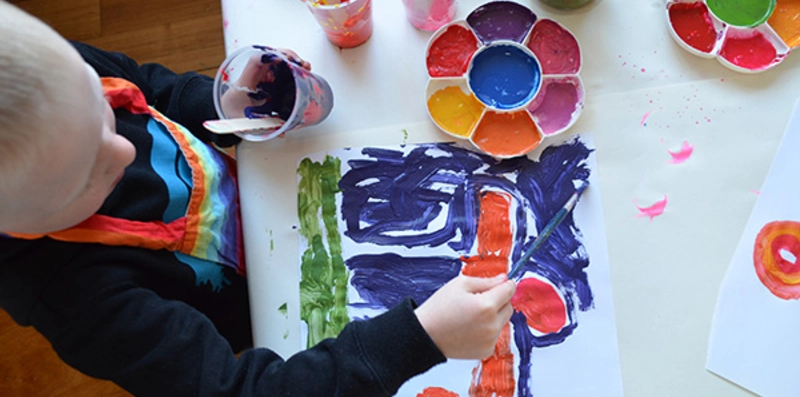
Educational activities using items, painting, are a total winner, especially with young kids. A child is fully immersed in their artwork, using simple tools, paint, paper, and creativity. It boosts fine motor skills, encourages color recognition, supports self-expression, and even teaches patience.
The divided paint tray makes color mixing easy and organized. Art naturally invites conversations about shapes, patterns, and feelings.
26. Practicing Letter E Worksheet at Home
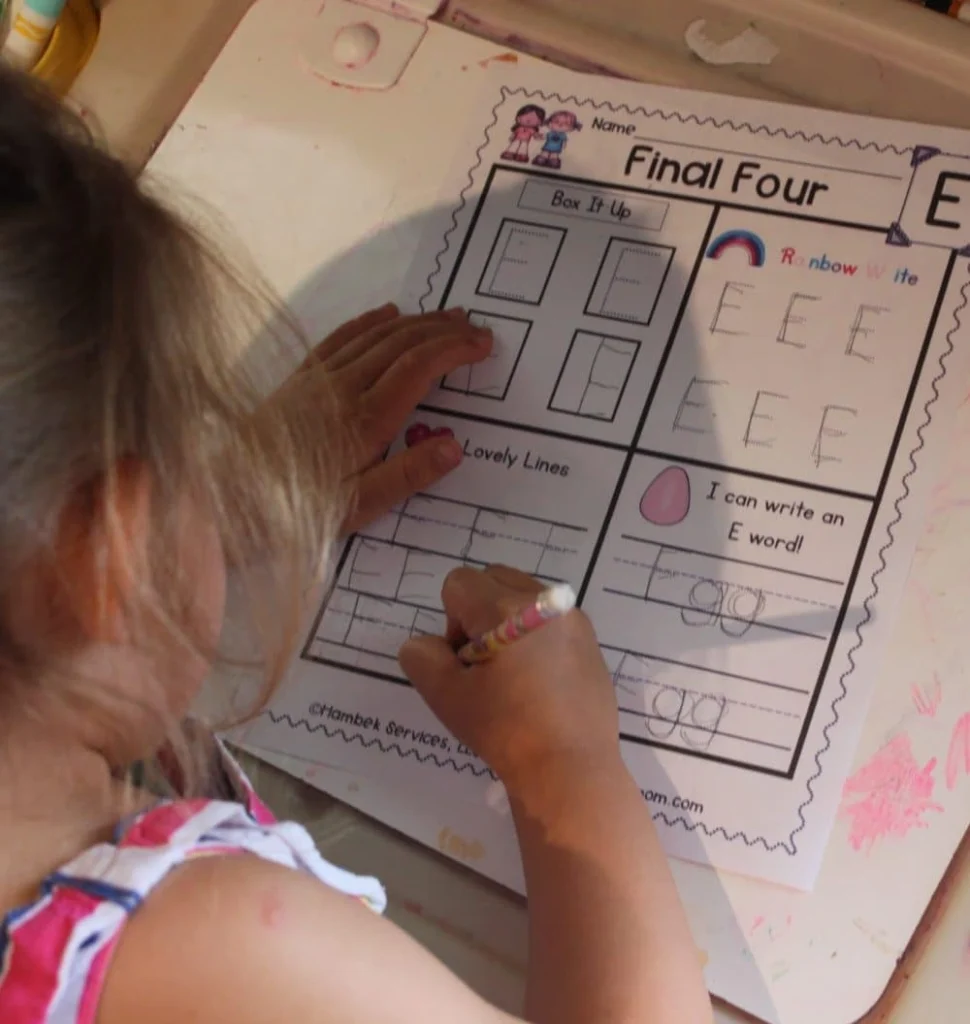
The child is focused on a worksheet that helps her practice the letter E in multiple ways: tracing, writing, boxing, and creating words, egg. This activity is so effective because of its simplicity.
Just a printed worksheet, a pencil, and a quiet corner are enough to turn learning into something engaging. These kinds of hands-on tasks help children build writing confidence, recognize letters, and connect words to real-life things.
27. Kids Playing Tic-Tac-Toe

The best educational activities using items are the simplest ones, a good old game of tic-tac-toe. Two kids are fully engaged in a floor game using a wooden board and handmade X and O pieces. It’s more than just fun; it teaches critical thinking, strategy, turn-taking, and even recognition.
All you need is a board, some pieces, and a comfy place to sit. These types of low-tech, hands-on activities are perfect for developing early problem-solving skills.
28. Alphabet Board Game

Fantastic example of educational activities using items that make learning feel, play. A group of kids gathers around a colorful alphabet-themed board game, filled with letters, tokens, and picture cards. It’s more than just a fun game; it’s a clever way to build literacy skills.
As they move pieces and match letters with sounds, they’re practicing phonics, vocabulary, and cooperative play. Great is how it blends hands-on learning with social interaction.
29. DIY Blanket Fort

Cozy is the kind of how educational activities using items can feel. Three children sit under a homemade blanket fort, surrounded by fairy lights, stuffed animals, and storybooks. They’re reading, an activity that builds vocabulary and a love for learning.
Everything here is simple: blankets, pillows, books, a flashlight, and a quiet space. This isn’t just about reading; it’s about creating an atmosphere that makes learning feel warm and inviting.
30. Leaf Person Craft
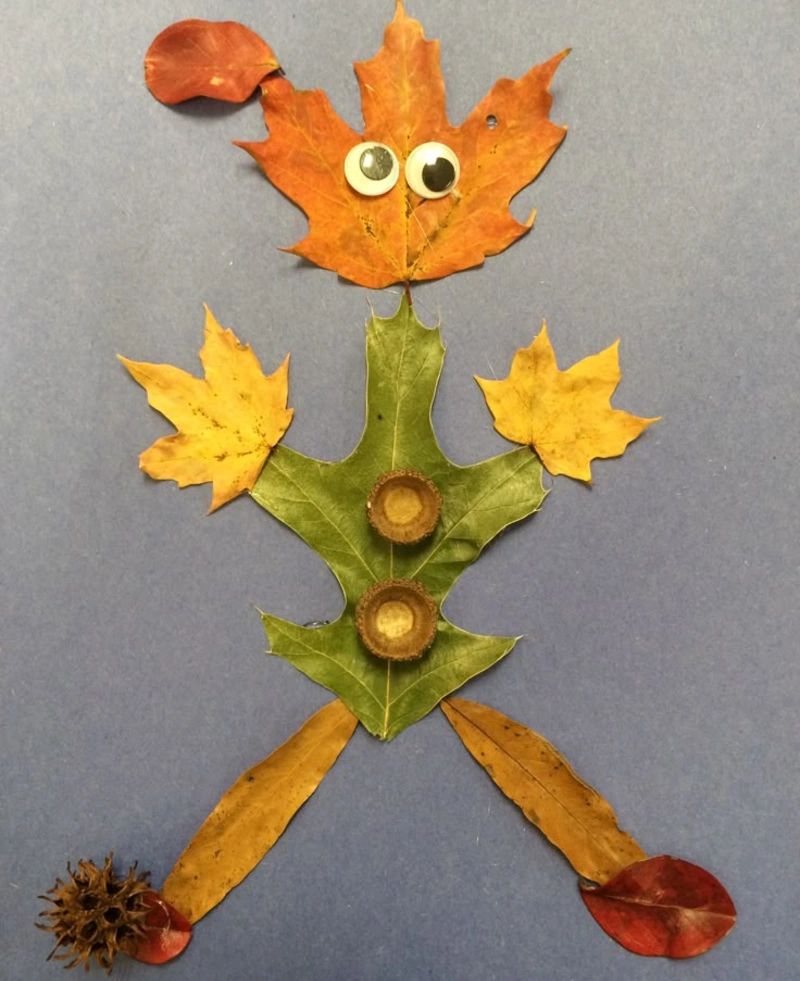
leaf person made entirely from natural items, leaves, acorn caps, seed pods, and a pair of googly eyes. This kind of educational activity using items from the outdoors is for teaching kids about seasons, trees, textures, and creativity.
It encourages observation skills, helping children express themselves artistically. All it takes is a walk outside and some glue.
31. Scrapbook
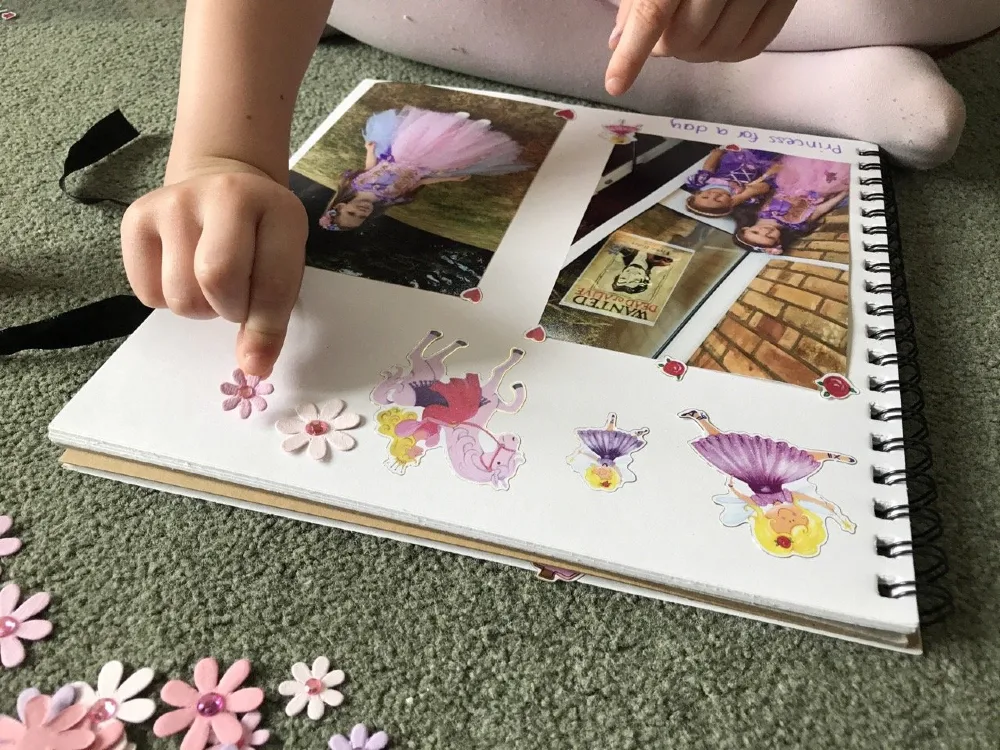
Scrapbooking may seem just a craft, but it’s an amazing educational activity using simple items. The child is decorating a scrapbook page with stickers, photos, and lots of creativity.
Fun and it is, kids learn a lot through this kind of hands-on work, sequencing, storytelling, fine motor skills, and memory-building. Choosing stickers that match the theme or telling a story with photos visually teaches early literacy.
32. T-Shirt Painting
Vibrant and hands-on learning activity: painting on t-shirts using fabric paints. Not only is this a blast for kids, but it’s also a way to teach color theory, fine motor skills, and creative expression. Kids can mix colors, plan designs, and even learn a little about textiles.
They’re making strawberries or smiley faces, they’re also practicing patience and following steps: paint, dry, and wear. Educational activities don’t always have to be about books or worksheets.
33. Button Tree Craft

Button trees made from thin wire and colorful buttons, all held in simple glass jars. It’s a clever educational activity that blends art with fine motor development.
Kids can do color matching, recognition, and even simple counting by placing buttons on different branches. It encourages focus, patience, and creativity, all, using everyday items.
34. Button Flower Garden Art

Made with colorful buttons, a bit of green paint, and lots of, the artwork forms a playful garden scene. Each flower is built by stacking buttons of various sizes and colors onto painted stems, creating a vibrant floral display.
It’s a fantastic educational activity for young learners, teaching sorting, color coordination, size comparison, and fine motor control.
35. DIY Monster Bird Feeder
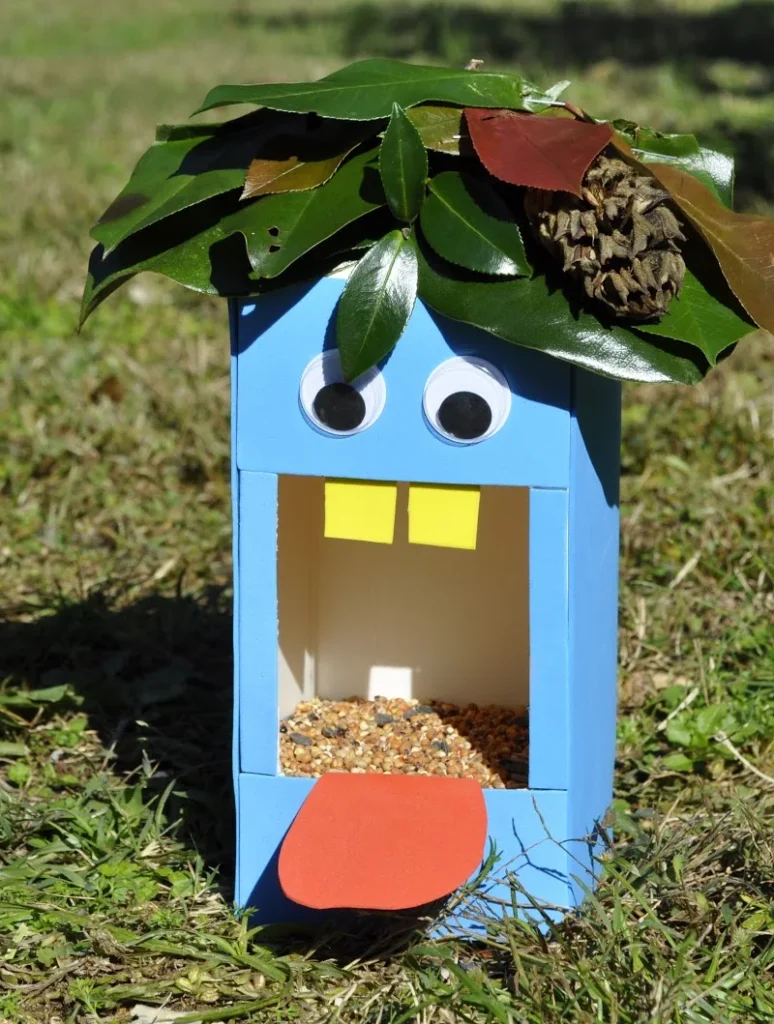
DIY bird feeder made from a recycled milk or juice carton. Covered in blue paper, with googly eyes, yellow teeth, and a red tongue, it is a hungry monster waiting for a snack.
The top is decorated with real leaves and a pine cone, giving it a natural twist. It’s a great educational activity for teaching kids about recycling, wildlife, and caring for the environment.
36. Origami Sweet Treat
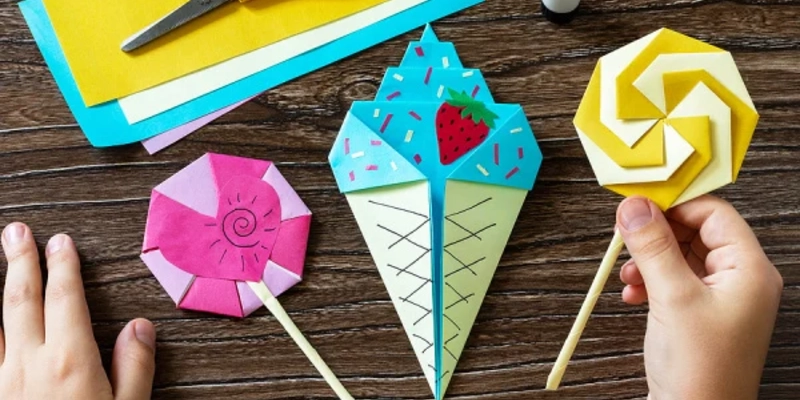
Kids have used colorful origami paper to create cute treats, lollipops, and an ice cream cone, all folded by hand and decorated with markers and cut-outs. This hands-on activity teaches fine motor skills, shapes, and symmetry through fun, creative folding techniques.
It’s math through folding or art through design; this simple turns basic items like paper and sticks into a deliciously fun learning moment.
37. DIY sundial
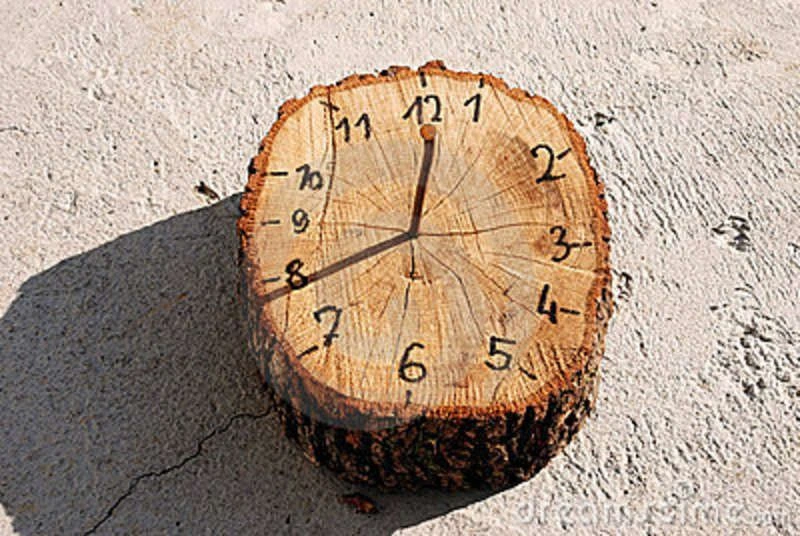
A slice of a tree trunk could help teach time. This creative clock, made from a wooden log, uses hand-drawn numbers and simple sticks for clock hands. It’s a fantastic way to blend nature with learning.
Kids telling time, understanding clock mechanics, and even getting a mini lesson in tree rings and natural textures. This DIY clock doesn’t just teach how to read hours; it encourages environmental awareness and hands-on discovery.
38. DIY Mini Terrariums
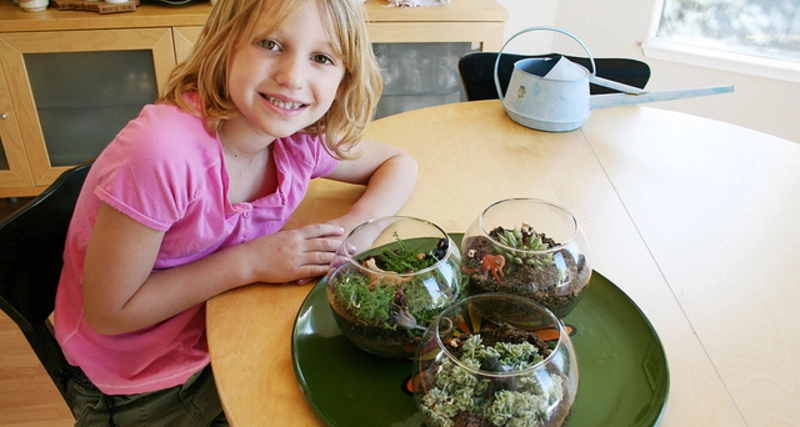
Girl proudly shows off her homemade terrariums, crafted using glass bowls, soil, moss, and tiny decorations. This fun and educational activity is a great way to introduce children to plant life, ecosystems, and responsibility.
Building mini terrariums teaches kids about how plants grow, how moisture cycles work, and the importance of caring for living things.

